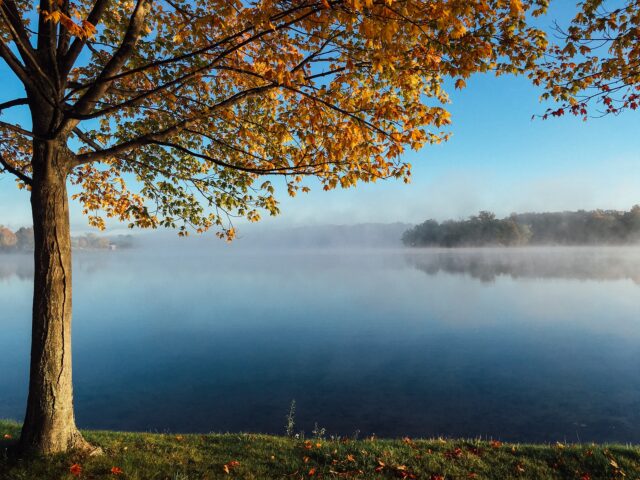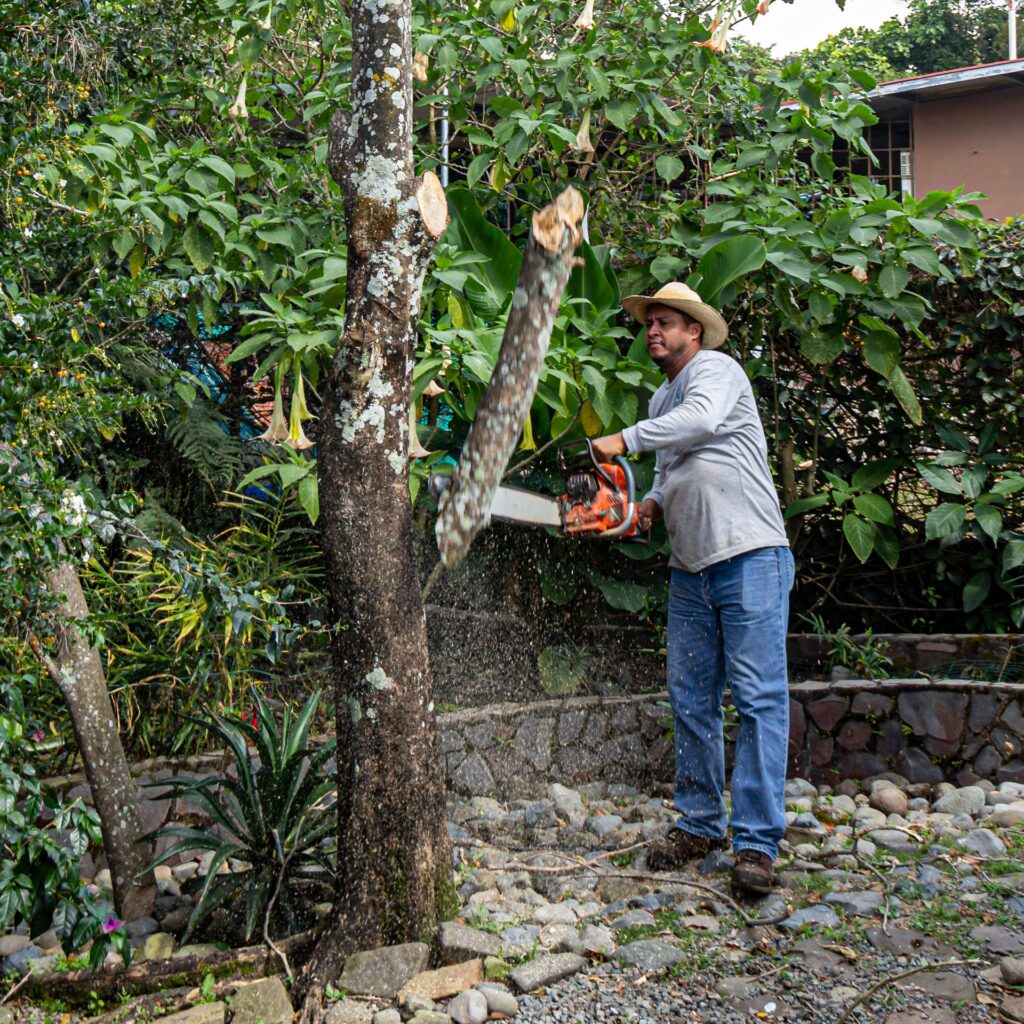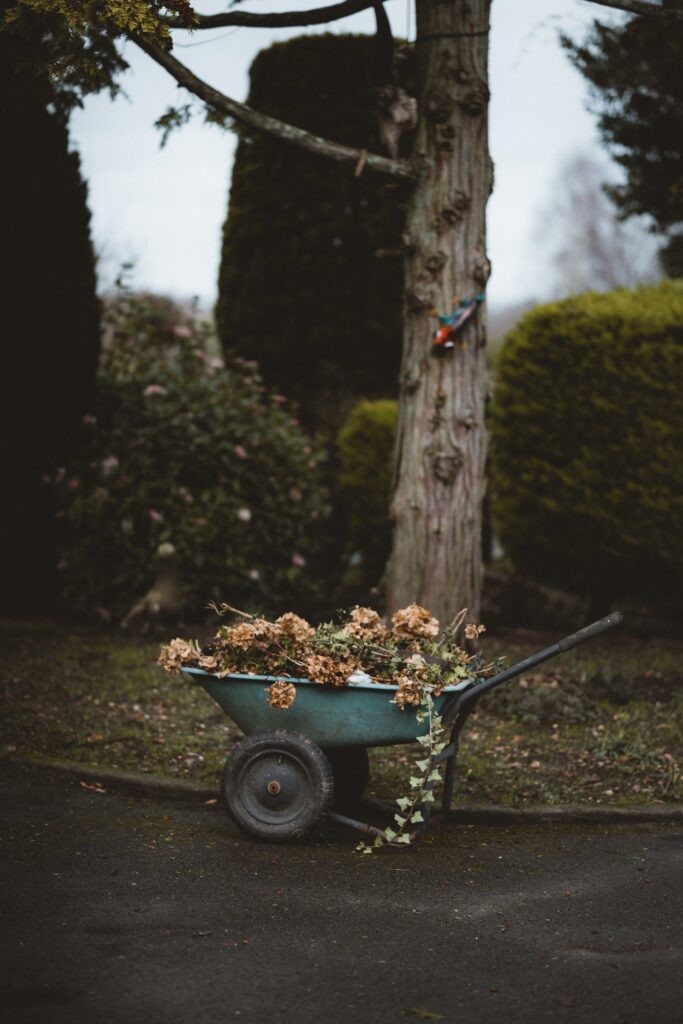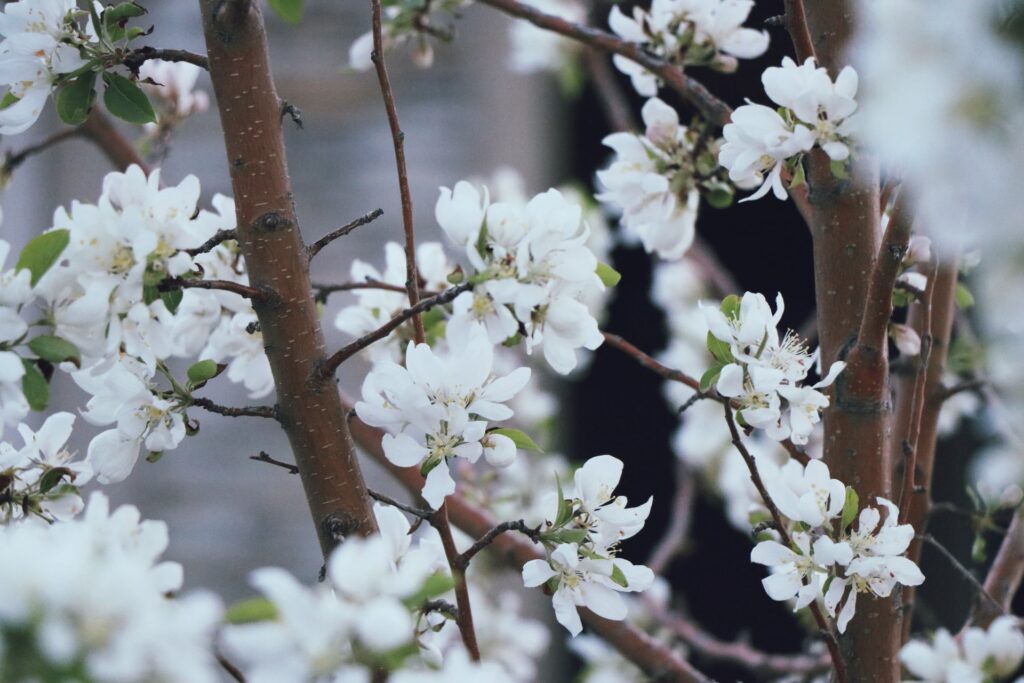
Pruning happens to be one of the most essential arboricultural processes when it comes to the maintenance of woody plants. Among many others, this may include ornamental trees, shrubs, fruit, and nut-producing plants. As such, this technique can be accurately termed to be both a fine art and a science all by itself. The art angle involves making sure you perform the cuts correctly to prevent harming the plant. Alternatively, the science angle entails fully understanding the right way and the right time to carry out this arboricultural procedure.
To this end, there is a wide variety of benefits that accompany the proper pruning of trees and shrubs. In the first place, this process will aid you in training and directing how your plants grow into specific forms or even in a specific space such as a formal hedge. On the other hand, for one reason or the other, you might wish to use this arboricultural procedure to efficiently regulate the size and even shape of your mature trees and shrubs. This is particularly useful with fruit-producing trees, which are subjected to this process to make picking much easier and convenient. Conversely, hedge plants are frequently pruned to grow to a specific height.
Also, when executed on fruit-bearing plants, this procedure can become a significant factor in boosting fruit quality since it goes a long way in improving light penetration into trees. Pruning as well helps in doing away with diseased, dying, broken or gravely damaged plant limbs that can undermine the overall health of trees if left unchecked. On the flipside, pruning may assist you in protecting your property against the danger of falling branches, which can damage structures situated close to trees. As pruning regulates the growth of trees, it can also make sure you circumvent the danger of your tree limbs growing in close proximity to live powerlines. This potentially eliminates the risk of hazardous power outages that can wreak great havoc on your property or those of your neighbors.
At the same time, this arboricultural procedure will make your landscaping more visually pleasing since it can give your trees and shrubs a clean and polished appearance potentially boosting your home’s value. In the context of the health and wellbeing of your plants, pruning will establish a rock-solid foundation for the long-term health and vitality of your trees. Additionally, by doing away with older limbs, pruning will help your trees to experience a healthy regrowth. Despite all this, to properly perform this procedure, you will have to possess an excellent understanding of how plants usually react to the different kinds of pruning cuts. To which end, should you feel you are not up to the task, it can be wise to enlist the services of a seasoned and skilled Tree-Service-Kansas-City arborist.
What is the right time to perform pruning?

Generally speaking, the most suitable moment to prune trees or shrubs tends to vary in strict accordance with the exact sorts of plant species you are dealing with. Essentially, it is always important to perform this arboricultural procedure at the moment, which complements your trees and shrubs growth attributes, flowering or any other goals you might have made that prompt you to do it. Ideally, woody ornamental trees undergo pruning in accordance to the time they flower. For instance, plants that experience flowering in spring are best pruned a short while after they bloom. Performing this procedure to such plants during their dormant season will, in most cases than not, remove the flower buds which were formed over the previous autumn season.
On the other hand, plants that flower during the summer season are normally pruned during the winter season when they are dormant. Alternatively, in the event you don’t grow your plants for flowers, the ideal moment to prune them is at late summer or autumn. This is simply because new growth for such plants commences during spring. Further, it is important not to perform heavy pruning at the end of the summer and autumn season since regrowth might take place and make your trees more prone to sustain cold injury. For instance, peach trees shouldn’t undergo this procedure over the months of October to January.
Lastly, some trees may experience heavy bleeding after been pruned. While such an occurrence can be an eyesore, it generally doesn’t cause much concern for the health of your trees. Such sorts of plants ought to undergo the pruning process during late spring or at the start of summer when their leaves haven’t been shed. When a tree possesses actively growing leaves, it will respond much better to pruning cuts and minimize bleeding. Some of the trees that are known to bleed heavily when pruned are birches, willows, beeches, maples and even dogwoods. Well, with that fully understood, let us now review the types of pruning techniques you could perform.
1. Heading cuts

This type of pruning technique eliminates the terminal part of shoots and branches. By doing away with apical dominance, the heading cut will stimulate regrowth close to where it was made. Heading cuts are as well noted for been the most revitalizing pruning methods and result in thick and compact growth along with the loss of a tree’s natural form. As for the shrubs which can comfortably tolerate such kind of pruning, they include burford, holly crape, myrtle, Ligustrum and abelia. Some of the most common variants of heading cuts include topping, chipping, hedging and dehorning.
2. Thinning cuts

This given pruning technique cuts off a whole shoot or branch up to its point of origin away from the main limb. In this arboricultural procedure, apical dominance is always preserved. This results in some shoot tips been left undistributed. To this end, when new growth starts happening, it will only take place at the undistributed shoot tips. On the flipside, the development and regrowth of lateral buds is suppressed. It is important to state that the thinning cut is the least revitalizing pruning technique and facilitates more natural growth in the forms of trees. Thinning is essential when it comes to maintenance pruning, and can be executed to shorten branches and enhance light penetration into trees. Finally, it may be used to direct the growth of shoots and branches in a markedly hassle-free manner.







